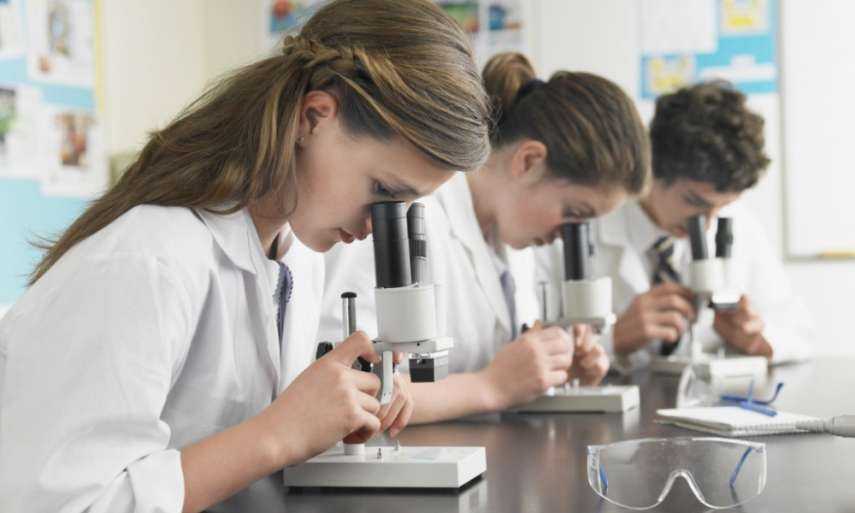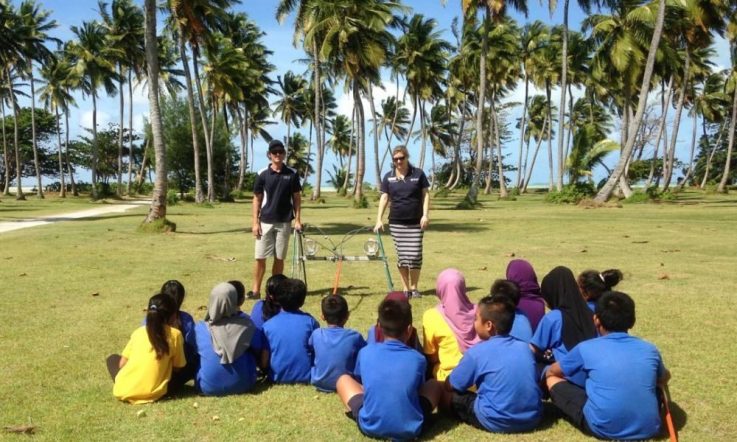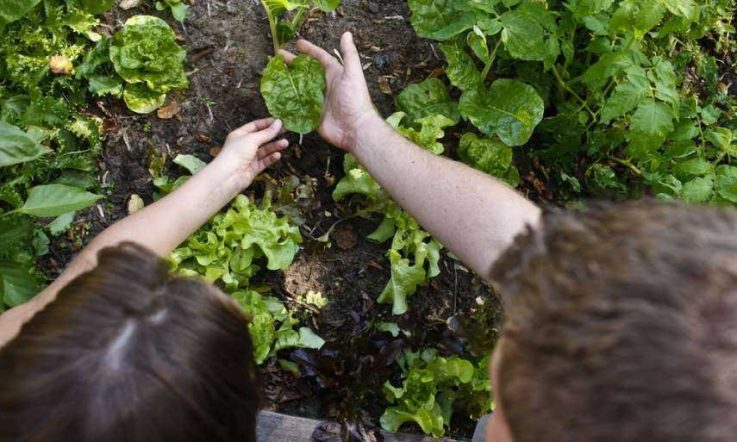This is an edited version of an article that was originally published in the October 2010 print edition of Teacher.
We often develop routines for our teaching that have evolved over many years and that seem to serve us well. Amy Beale describes this in terms of her teaching of science experiments: she has her routines, and her students look forward to doing experiments, but in the back of Beale’s mind are questions about her students’ involvement and learning.
It’s often when we really question our practice, when we ask why we teach the way we do, that real change to our teaching practice is possible. As happens here, sometimes to understand our practice, we need to turn our teaching on its head, changing the way we do things and analysing the purposes of what we do. By articulating to herself the purposes of experimental work for her students’ learning, Beale is able to reassess the way she teaches experiments.
Linking practical work to theoretical concepts is a problem for many science teachers, partly because we have a different purpose for teaching experimental work, than our students have for doing it. As Beale explains, her students focused on the process of the experiment rather than the experiment and its results. Such a focus meant they didn’t appreciate the purpose of the experiment or what the results showed in terms of the theory.
The purpose of science experiments for teachers is to answer questions raised in the theory, or experimentally confirm theoretical ideas. Here, the focus is on the results, understanding them in terms of the purpose and using them to influence further experimentation. From the students’ point of view, though, it’s all about following a procedure or recipe.
As Beale explains, her first step towards turning this around for her students is to question herself as to the purpose of her classroom experiments. She realises that she needs to provide her students with a need to know, and does this by asking them to conduct a demonstration for each other. To do this, they have to know and observe so that they can instruct. This is risky, but Beale takes the risk because she believes she can do better for her students.
Handing over intellectual control to her students by allowing them to discuss the safety aspects of the experiment, then to choose their own safety equipment and finally to conduct the demonstrations for the class is a significant change for Beale.
To her relief the students discuss safety appropriately and choose the correct safety equipment without prompting. This shows Beale several things: her students can make good decisions, they understand safety concerns, and they take ownership of safety. She doesn’t need to tell them to put on their safety glasses after her talk on safety; they do it because they know they need to.
By thus sharing intellectual control, Beale realises she needs to step back, be the observer and not the director, and avoid stepping in to confirm or correct.
The impact of withholding judgement can be profound: students offer responses that teachers mightn’t otherwise hear.
Too often, we nod when a student gives a response or correct it to make it better. When we withhold judgement, however, even for correct responses, we hear the many different views students have. This gives us insights into the types and scope of various students’ understanding. Knowing what to do with all these responses becomes the teaching rather than teaching by telling.
The impact on students of having their ideas challenged is far greater than being told the correct answer.
Beale turns her practice on its head, at some risk, but the benefits outweigh her concerns about trying new strategies. She finds that when her students demonstrate the experiment to others they’re able to focus on the task, observe carefully the chemical reactions taking place and make links to the theory.
By stepping back and letting her students have some control of their learning, Beale is able to step forward in her own practice and give her students the purpose they needed in the experimental work for real learning to take place. More importantly, she realises that for students to learn when doing experiments, they need to be thinking rather than merely doing.
This is an edited version of an article that was originally published in the October 2010 print edition of Teacher. The author biography remains unchanged and may not be accurate at this point in time.



